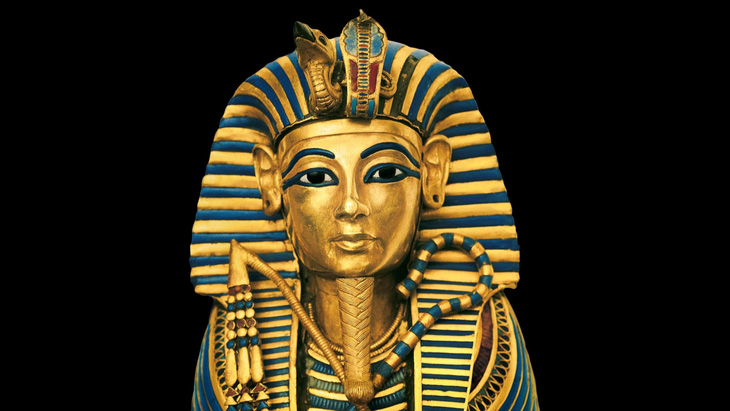A decade of 9 deaths
According to Newsweek, on November 4, 1922, in the Valley of the Kings in Egypt, British Egyptologist Howard Carter accidentally came across a ruined staircase, half hidden beneath fragments from the mausoleum. Tomb of Ramesses IV. Digging deeper, he discovered more stairs leading to a sealed stone door.

Mr. Carter called on his sponsor, Lord Carnarvon, and together they discovered the most impressive treasure in the history of Egyptology.
The tomb contains more than 5,000 artifacts: gold, jewelry, offerings, and ornate statues.
Five months after the excavation, Lord Carnarvon died, reportedly from pneumonia and blood poisoning from an infected mosquito bite.
A month later, Mr. George Jay Gould, a wealthy American financier who visited the mausoleum, also died of the same disease.
In 1924, British archaeologist Hugh Evelyn-White hanged himself and left a note: “I have succumbed to the mummy’s curse.”
Later that year, the doctor who X-rayed the mummy before it was given to museum authorities, died of an unknown illness…
Within a decade, at least nine people associated with the excavation had died. Many people believe that this is proof of the rumor about the “mummy’s curse”.
Is there another explanation?
In the 1970s, the 500-year-old tomb of the Polish king, Casimir IV Jagiellon, was opened for the first time in the Wawel cathedral in Krakow. Within days of the excavation, four of the 12 researchers died, and several others died in the following months.
Despite rumors of an ancient curse, scientists quickly found an explanation.
Samples taken from the dead king’s body showed that he was infected with Aspergillus flavus fungal spores.
“Most people inhale Aspergillus spores every day without getting sick. However, for people with weakened immune systems, inhaling Aspergillus spores can cause lung or sinus infections and can be contagious. spread to other parts of the body,” Mr. Tom Chiller, director of the CDC’s Mycotic Diseases branch, told Newsweek.
According to him, there are different types of Aspergillus. Some are mild, but some are very dangerous and can be deadly.

Mr. Chiller said Aspergillus produces a toxin called flavitoxin on stored grains. This toxin can be harmful or fatal to humans and animals and is a major source of crop damage.
The treasures in Tutankhamun’s tomb contained bags of bread and coarse grains, which may have supported the growth of this fungus.
But, if Aspergillus was truly responsible for the mummy’s curse, it would have been “waiting” inside the king’s tomb for a very long time.
For most disease-causing organisms, killing their hosts is not beneficial because it prevents their transmission. However, if an organism can survive for a long time outside its host, the organism can evolve to be more lethal. This theory is called the waiting hypothesis.
In 2017, Michael Wise, a computer scientist from the University of Western Australia, and his team found genetic evidence, suggesting that bacteria using this tactic tend to be more resilient and more virulent than other species. other, providing support for the above theory.
To survive this long waiting period, bacteria must enter a vegetative state that persists until they come into contact with the host again. For Aspergillus, it will be in spore form.
Aspergillus fungi are known to live on corpses and decaying matter and have been discovered on other ancient Egyptian mummies.
Therefore, while there is no definite conclusion, Aspergillus infection may be science’s answer to “Tutankhamun’s curse”.